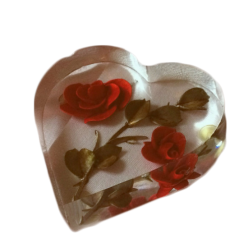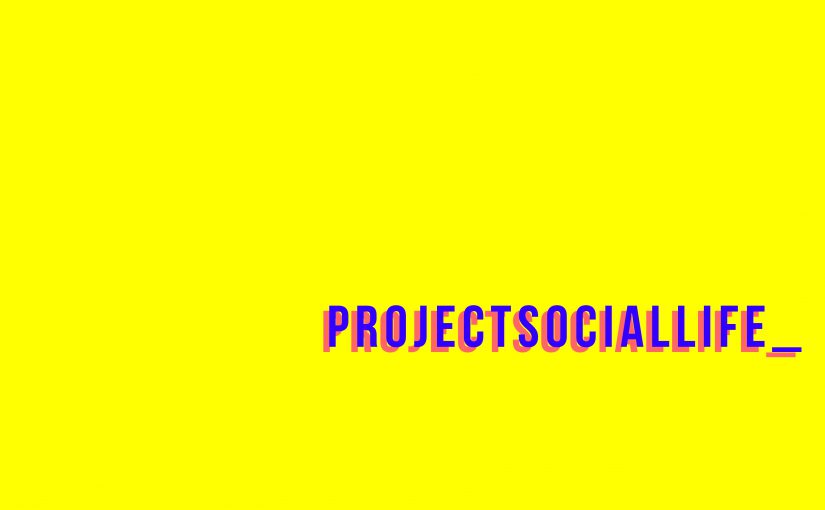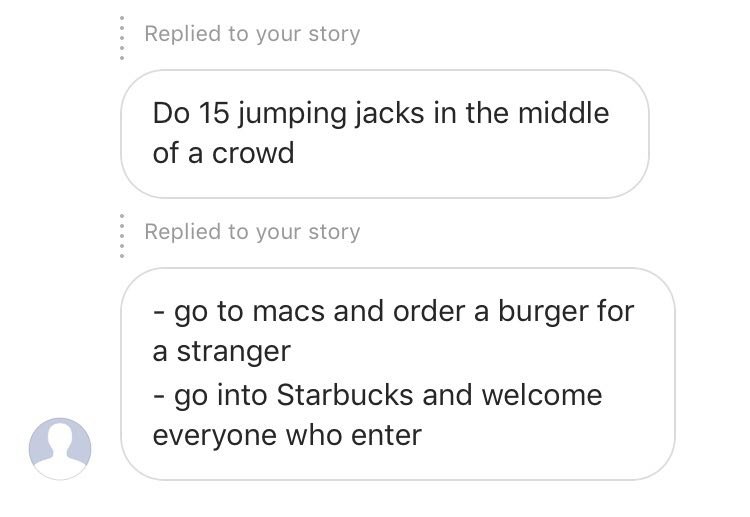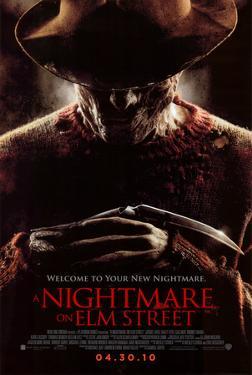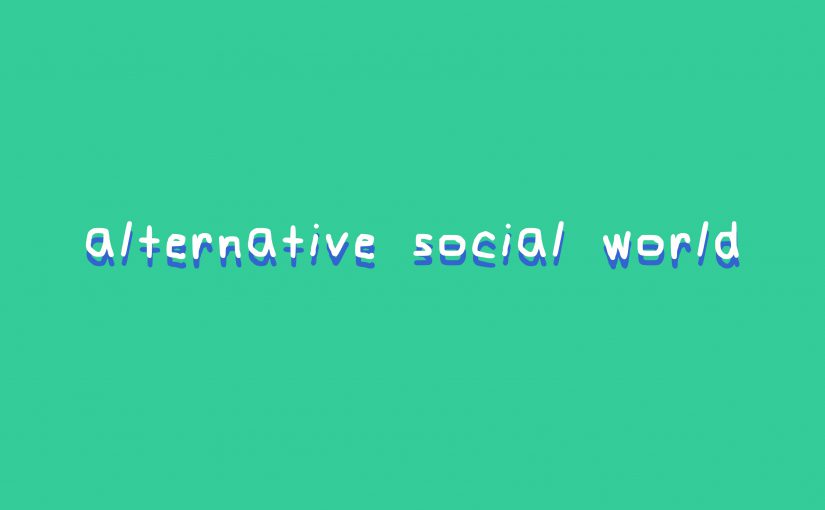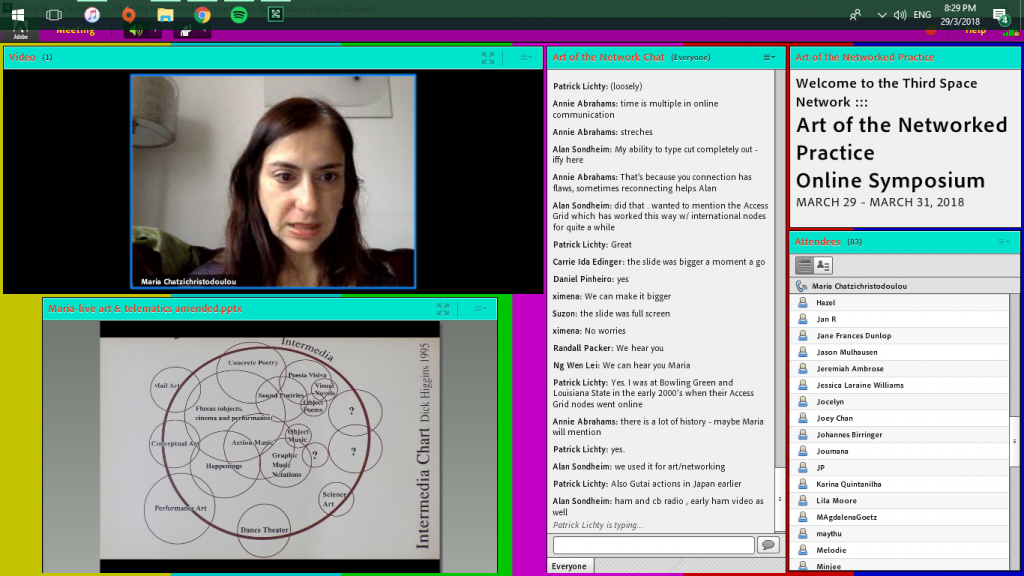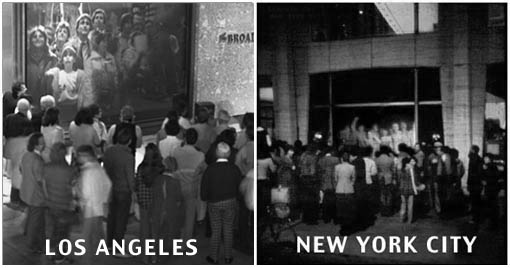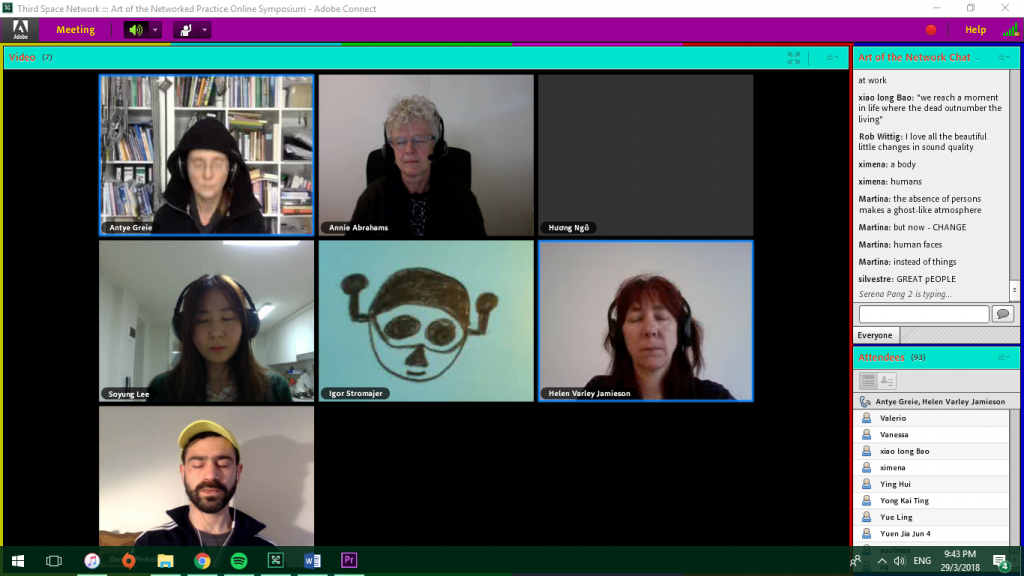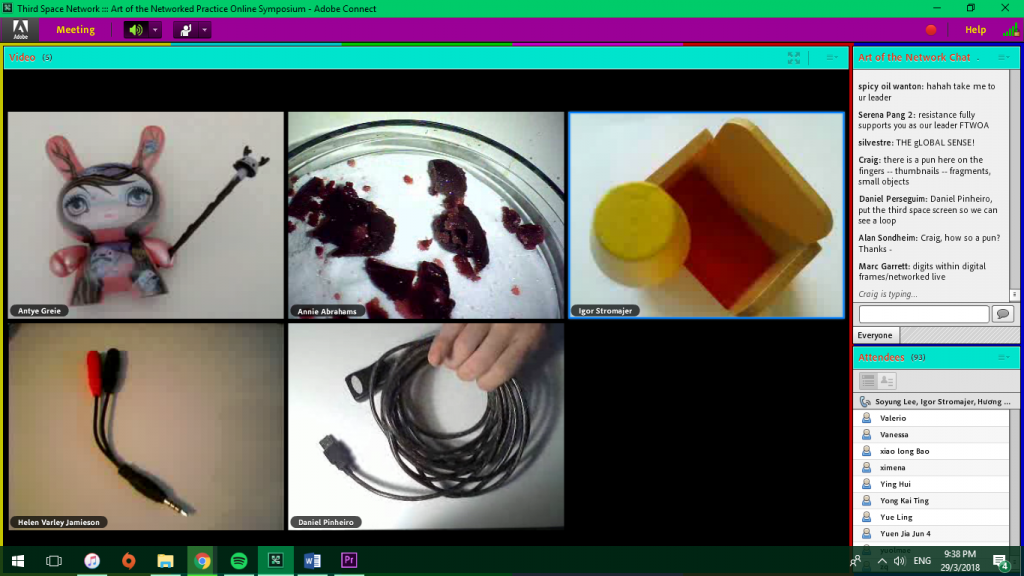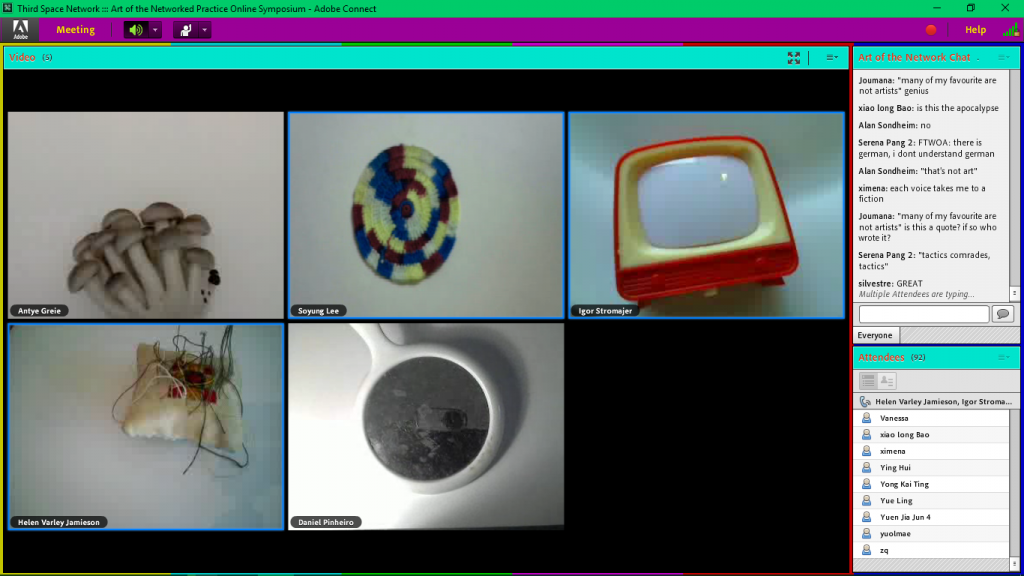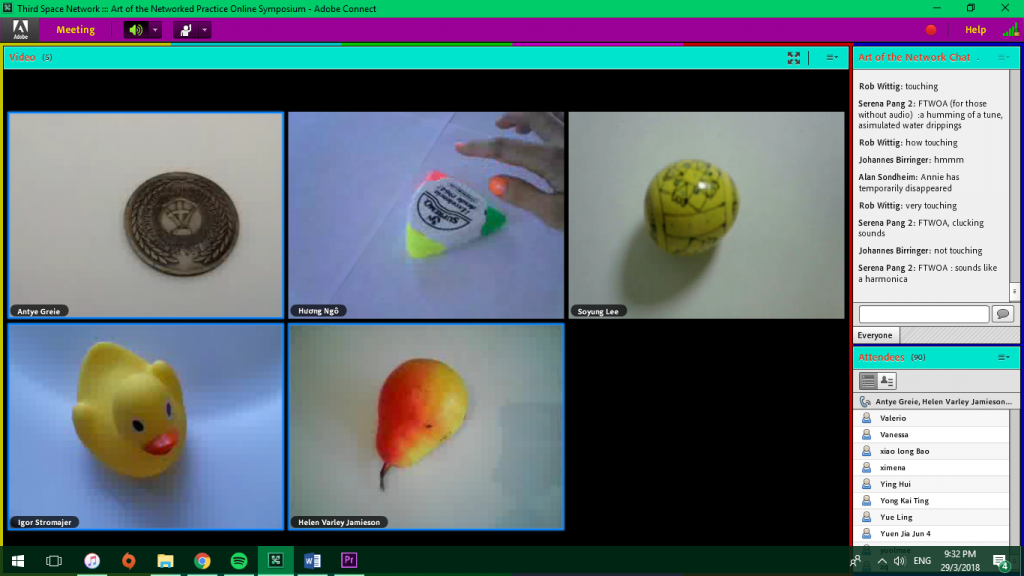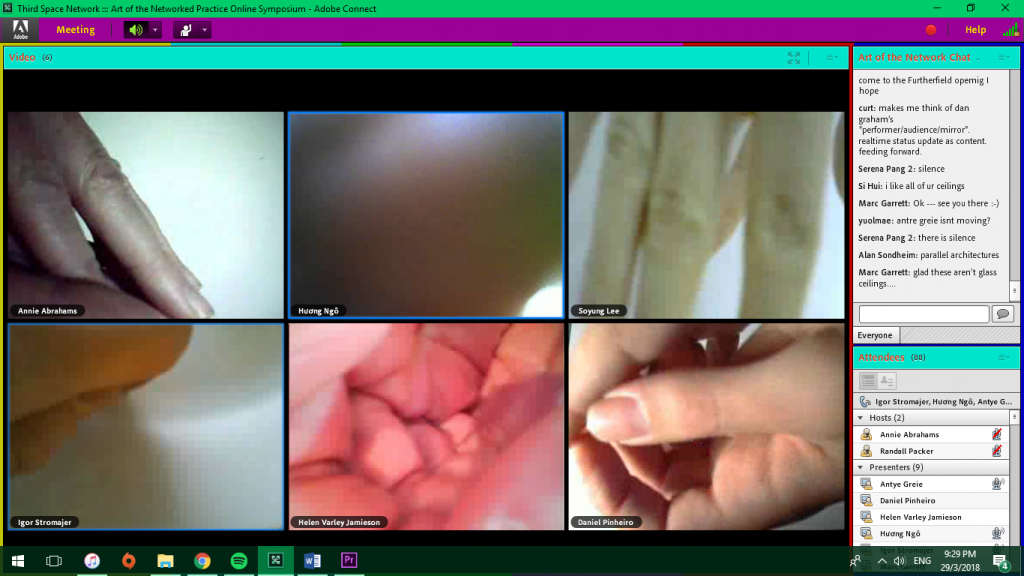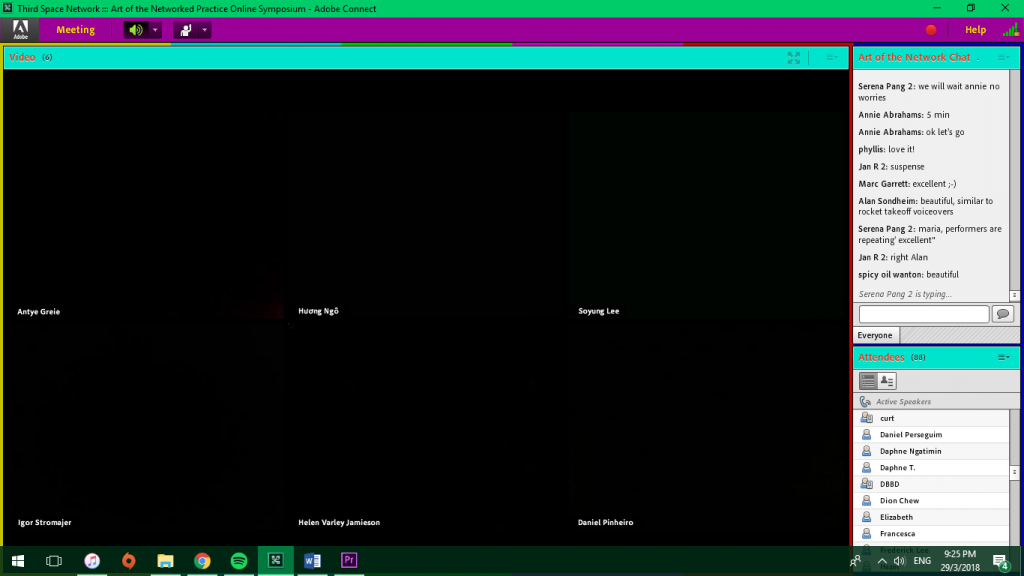Project Social Life is a performance art piece done to learn what would happen if we gave control to the public to decide how our day would go. I have always thought that it is such an interesting concept ever since I saw Yes Theory’s video attached below.
Similarly, we utilized the social media application, Instagram to carry out our experiment. We also made use of the poll function in the story to get our followers to vote for decisions sent in by them to would determine how we spend our day starting from around 11am to 5pm. Each poll ran for 10 minutes before went with what was in favour.
This idea stems from the notion that we get to construct a digital identity that may not be completely representative of our true selves because we are in full control of what we choose to display online. So, when all control is stripped away, how “real” can we get?
En Cui, Cecilia, Shu, Jocelyn and I first met up at ADM, our starting point. We then put out a poll on our collective page @projectsociallife_ asking the masses whether we should hang out somewhere near being Boon Lay or travel all the way to Bugis. Of course, if I still had control, I would surely choose what was convenient, Boon Lay. Unfortunately, Bugis was in favour. Apart from the regular activities such as having lunch, throughout the day, we received many interesting and funny suggestions such as:
However, we did not exactly do any of the above. That to me is interesting because it shows how we cannot help but still try to maintain our digital image. We just cannot completely let go of control. We deliberately chose not to do those suggestions. Personally, it is because I am afraid of being judged by people online who would be watching the stories because again, I feel like I have a digital image to maintain.
password: projectsociallife
As such, in the final trailer above, done beautifully by Shu, you can see how we depicted a utopian narrative throughout most of the video. We only portrayed the happy bits of what went down throughout the day. Also, the quirky video style drew much reference from Carla Gannis and Paula Pinho Martins Nacif.
Given that we were shown performance art pieces by Blast Theory prior to the project, of course we took inspiration from their works. I’d Hide You gave much influence to this project. We were interested in the way the team gave control to the mass public to make decisions for them to create an outcome that could turn out in many different ways.
To be honest, before it started, I was so afraid I would have to embarrass myself in public because that is really the last thing I would want to happen. Surprisingly, nothing major happened but I had fun nonetheless.
Overall, I personally think we succeeded in exploring the social in this project by deliberately allowing followers (some strangers) to curate our day. We communicated through the DMs (direct message) to receive/accept suggestions. No doubt, there was a form of interaction. However, to accentuate that, I feel that we should have done an activity that forces us to interact with real-life public to make the project more interesting. Nevertheless, a fun project with fun people.
